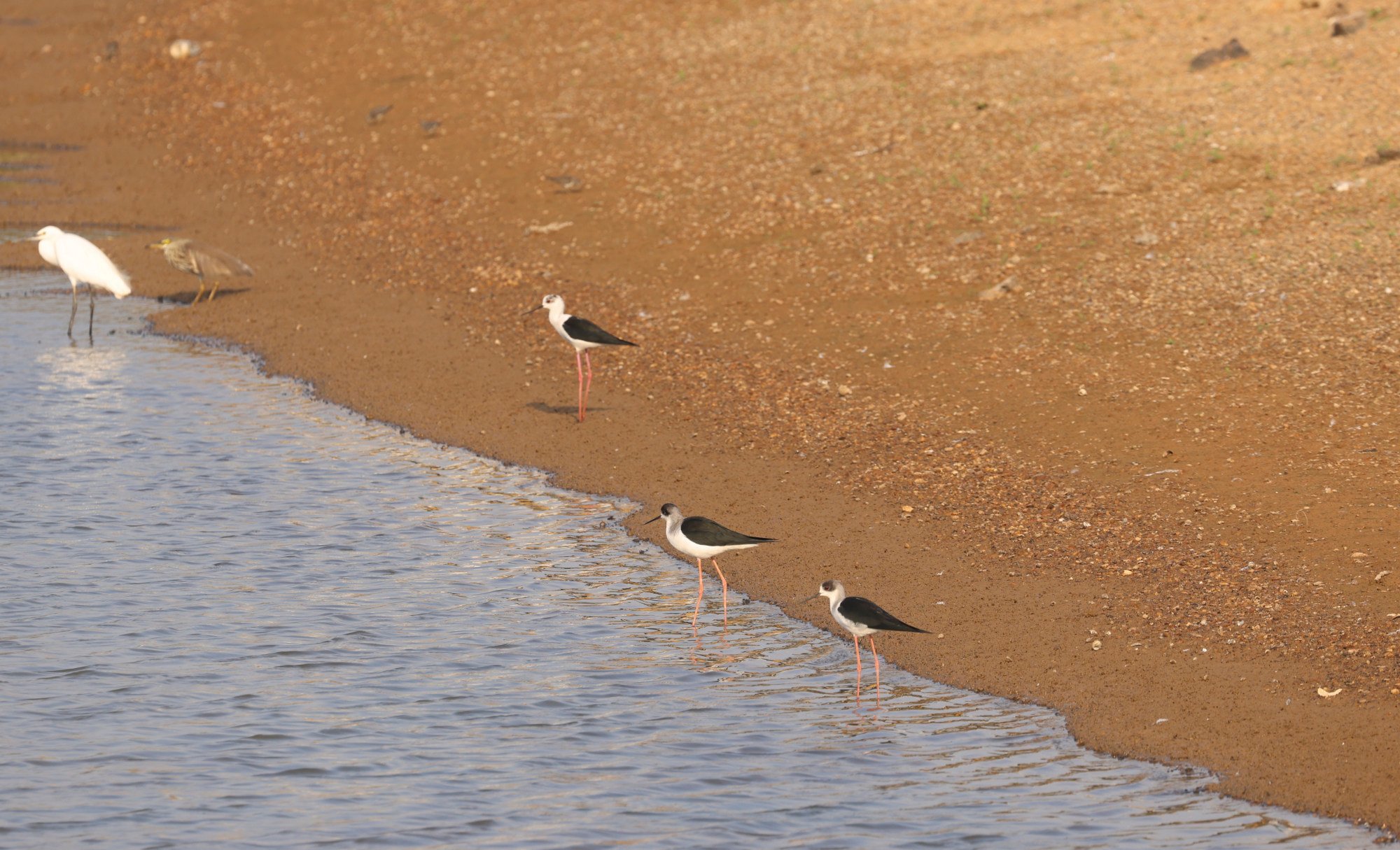Green light for environmental report on planned Hong Kong tech hub near border
Green light for environmental report on planned Hong Kong tech hub near border South China Morning Post


Sustainable Development Goals (SDGs) and the San Tin Technopole Project
Reject impact assessment for Hong Kong technopole project, green groups say
- The council chairman, Professor John Chai Yat-chiu, believes the San Tin Technopole project can strike a balance between conservation and development.
- Although the project will affect existing fish ponds and wetlands, mitigation measures can bring numerous environmental benefits.
- The Civil Engineering and Development Department is required to submit a “habitat creation and management plan” at least nine months before filling the fish ponds for the project.
- The plan will be subject to the approval of the council and director of environmental protection.
- An environment committee will be established to advise on the plan, and the department must regularly report its progress to the committee.
- The government is required to provide a detailed design of wildlife corridors, an implementation plan for enhancing wetlands, and an interim wetland enhancement proposal.
- The council made seven recommendations to the government, including exploring the feasibility of adopting green building design in San Tin.
- The final decision on whether to pass the environmental impact assessment rests with the director of environmental protection.
How environmental concerns may interrupt Hong Kong’s planned border tech hub
- The director of the Environmental Protection Department will review the assessment and consider public comments and council feedback before making a decision.
- The San Tin Technopole project will occupy more than 600 hectares of land near the border, with half designated for the innovation and technology industry.
- A proposed wetland park will compensate for the ecological loss caused by filling the fish ponds.
- Most council members support the development, but some raised concerns about the effective implementation of mitigation measures.

Tony Cheung Ka-leung, project manager in the civil engineering department’s North Development Office, stated that the government will start filling the ponds in 2026-27, after construction for the wetland park has begun.
The wetland park is expected to be completed by 2039, with the first phase ready by 2031.
Initial works at San Tin will commence in 2025, pending legislative approval and funding.
The civil engineering department dismissed criticism of the environmental impact assessment, stating that its contents are valid and sufficient.
Environmental impact report on Hong Kong border project misidentified birds
- Three environmental groups expressed disappointment with the council’s conditional approval and urged it to dismiss the environmental impact assessment.
- Ten green groups pointed out flaws in the assessment, including violations of statutory requirements and guidelines, as well as technical assessment and data errors.
SDGs, Targets, and Indicators
-
SDG 15: Life on Land
- Target 15.1: By 2020, ensure the conservation, restoration, and sustainable use of terrestrial and inland freshwater ecosystems and their services, in particular forests, wetlands, mountains, and drylands, in line with obligations under international agreements.
- Indicator: The article mentions the need for a “habitat creation and management plan” and the enhancement of wetlands as compensation measures for the ecological loss caused by the development project.
-
SDG 9: Industry, Innovation, and Infrastructure
- Target 9.5: Enhance scientific research, upgrade the technological capabilities of industrial sectors in all countries, in particular developing countries, including, by 2030, encouraging innovation and substantially increasing the number of research and development workers per 1 million people and public and private research and development spending.
- Indicator: The article mentions that the Technopole development aims to advance the city’s innovation industry.
Table: SDGs, Targets, and Indicators
| SDGs | Targets | Indicators |
|---|---|---|
| SDG 15: Life on Land | Target 15.1: By 2020, ensure the conservation, restoration, and sustainable use of terrestrial and inland freshwater ecosystems and their services, in particular forests, wetlands, mountains, and drylands, in line with obligations under international agreements. | The article mentions the need for a “habitat creation and management plan” and the enhancement of wetlands as compensation measures for the ecological loss caused by the development project. |
| SDG 9: Industry, Innovation, and Infrastructure | Target 9.5: Enhance scientific research, upgrade the technological capabilities of industrial sectors in all countries, in particular developing countries, including, by 2030, encouraging innovation and substantially increasing the number of research and development workers per 1 million people and public and private research and development spending. | The article mentions that the Technopole development aims to advance the city’s innovation industry. |
Behold! This splendid article springs forth from the wellspring of knowledge, shaped by a wondrous proprietary AI technology that delved into a vast ocean of data, illuminating the path towards the Sustainable Development Goals. Remember that all rights are reserved by SDG Investors LLC, empowering us to champion progress together.
Source: scmp.com

Join us, as fellow seekers of change, on a transformative journey at https://sdgtalks.ai/welcome, where you can become a member and actively contribute to shaping a brighter future.







